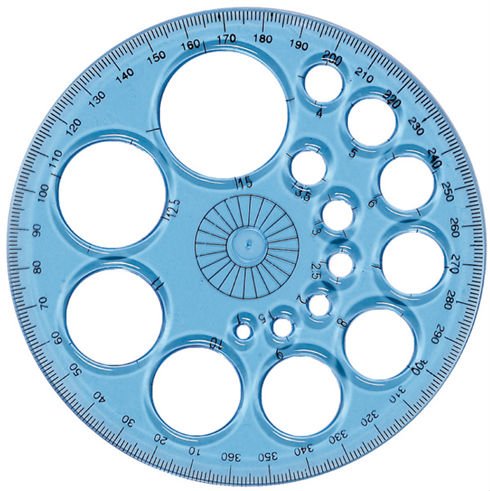The wave of the sustaining digital life is swiftly approaching. With Facebook’s upcoming release of their “Timeline” tool (http://www.facebook.com/about/timeline), everyone will soon be shifting their focus from the meaningless last minute to the meaningful last decade. “Big Picture” thinking is hardly in lock-step with an online culture that is generally more interested in speed and convenience. Nevertheless, Maslow will proud that many of us will likely evolve from “Love/Belonging” (e.g. making Facebook friends) to “Esteem” (e.g. winning at Facebook games) and now to Self-Actualization (e.g. building a Facebook Timeline).
Will it take off? I fully expect that in some way, shape, or form, the idea of a digital profile to represent your life experience is to here to stay. I have to admit, I like Facebook’s concept video and I won't be surprised if they have success with this, provided they’re out front and learning from the behaviors of their users (which they traditionally don’t). In the meantime, however, I expect to hear plenty about Facebook’s confusing privacy settings and tricky “opt-out” policies and you know someone is going to miss out on their precious dream job due to pictures that were taken with after a beirut tournament 12 years earlier in college.
Clive Thompson just wrote about this same trend in the most recent Wired Magazine with a piece on “Memory Engineering” (http://www.wired.com/magazine/2011/09/st_thompson_memoryengineeriing/)
Admittedly, I may sound a bit bitter, and I probably am. Some of us have been talking about a likely shift towards a sustaining digital timeline for probably two years now. Unfortunately, the closest thing I have to proof is a moleskin page or two from 2009 and a Google Document from “76 days ago” with notes about an app that will “capture a timeline of events; share and follow timelines”. Now, we’re watching the wave take shape without a board to paddle on. Yet, such is life in the fast moving digital age. Fortunately, we have been tossing around one other idea that complements this whole movement, but I think we might let it pass and go find a new wave. I’m sure I’ll get reminded of this one in a year anyway.



